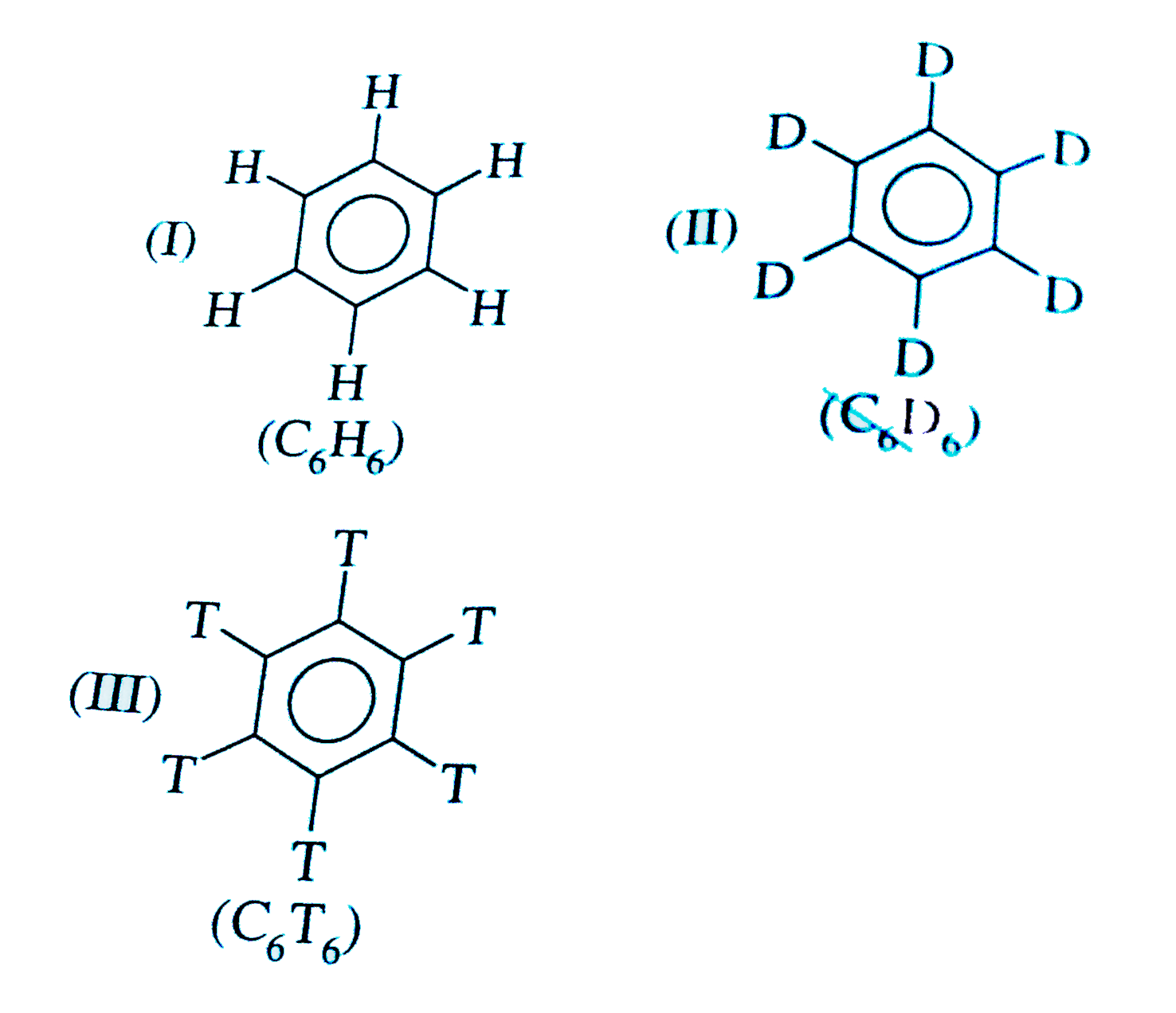Most reactive for nitration is
Benzene
Nitrobenzene
Benzaldehyde
Phenol
The correct Answer is:D
To determine which compound is most reactive for nitration, we need to analyze the influence of substituents on the benzene ring and their effect on electron density. Here’s a step-by-step solution:
Step 1: Understand Nitration
Nitration involves the electrophilic substitution of a nitro group (NO2) onto a benzene ring. The nitronium ion (NO2+) acts as the electrophile in this reaction.
Hint: Remember that electrophiles are species that seek electrons, and the benzene ring acts as a nucleophile due to its electron-rich π system.
Step 2: Identify Electron Donating and Withdrawing Groups
Electron-donating groups (EDGs) increase the electron density on the benzene ring, making it more reactive towards electrophiles like NO2+. Examples of EDGs include alkyl groups (e.g., CH3, C2H5) and -OH (hydroxyl) groups. Conversely, electron-withdrawing groups (EWGs) decrease electron density, making the ring less reactive. Examples of EWGs include -NO2 and -CHO.
Hint: Classify substituents on the benzene ring as either electron-donating or electron-withdrawing to understand their effects on reactivity.
Step 3: Analyze the Effect of Hydroxyl Group (-OH)
The hydroxyl group (-OH) is an electron-donating group due to its ability to donate a lone pair of electrons through resonance. This increases the electron density on the benzene ring, enhancing its reactivity towards nitration.
Hint: Consider how resonance structures can stabilize the positive charge that forms during the electrophilic substitution process.
Step 4: Compare Reactivity of Different Compounds
- Benzene: Reactivity is moderate due to no substituents.
- Nitrobenzene: Contains an -NO2 group, which is electron-withdrawing, making it less reactive.
- Benzaldehyde (CHO): Also an electron-withdrawing group, thus decreases reactivity.
- Phenol (C6H5OH): The -OH group increases electron density significantly, making phenol the most reactive towards nitration.
Hint: Draw the structures of the compounds and identify the positions of substituents to visualize their effects on electron density.
Step 5: Conclusion
Based on the analysis, phenol, with its -OH group, is the most reactive compound for nitration due to the increased electron density on the benzene ring.
Final Answer: The most reactive for nitration is phenol.
Nitration involves the electrophilic substitution of a nitro group (NO2) onto a benzene ring. The nitronium ion (NO2+) acts as the electrophile in this reaction.
Electron-donating groups (EDGs) increase the electron density on the benzene ring, making it more reactive towards electrophiles like NO2+. Examples of EDGs include alkyl groups (e.g., CH3, C2H5) and -OH (hydroxyl) groups. Conversely, electron-withdrawing groups (EWGs) decrease electron density, making the ring less reactive. Examples of EWGs include -NO2 and -CHO.
The hydroxyl group (-OH) is an electron-donating group due to its ability to donate a lone pair of electrons through resonance. This increases the electron density on the benzene ring, enhancing its reactivity towards nitration.
- Benzene: Reactivity is moderate due to no substituents.
- Nitrobenzene: Contains an -NO2 group, which is electron-withdrawing, making it less reactive.
- Benzaldehyde (CHO): Also an electron-withdrawing group, thus decreases reactivity.
- Phenol (C6H5OH): The -OH group increases electron density significantly, making phenol the most reactive towards nitration.
Based on the analysis, phenol, with its -OH group, is the most reactive compound for nitration due to the increased electron density on the benzene ring.
Topper's Solved these Questions
- ALCOHOLS, PHENOLS & ETHERSBOOK - VMC MODULES ENGLISHCHAPTER - ALCOHOLS, PHENOLS & ETHERSEXERCISE - Impeccable
100 Videos
- ALCOHOLS, PHENOLS & ETHERSBOOK - VMC MODULES ENGLISHCHAPTER - ALCOHOLS, PHENOLS & ETHERSEXERCISE - Enable
100 Videos
- ALCOHOLS, PHENOLS & ETHERS BOOK - VMC MODULES ENGLISHCHAPTER - ALCOHOLS, PHENOLS & ETHERS EXERCISE - IN-CHAPTER EXERCISE - L
10 Videos
- ALDEHYDES,KETONES & CARBOXYLIC ACIDS BOOK - VMC MODULES ENGLISHCHAPTER - ALDEHYDES,KETONES & CARBOXYLIC ACIDS EXERCISE - IN-CHAPTER EXERCISE-M
10 Videos
Similar Questions
Knowledge Check
Which of the following alkenes is most reactive towards cationic polymerization?
Aa. CH2=CHCH3Bb. CH2=CHClCc. CH2=CHC6H5Dd. CH2=CHCOOCH3Which of the following monomers would be most reactive towards cationic polymerization?
Aa. CH2=CHCH3Bb. CH2=CHClCc. CH2=CHC6H5Dd. CH2=CHCOOCH3Which of the following alkenes is the most reactive towards cationic polymerisation ?
ACH2=CHCH3BH2=CHCICH2C=CHC6H5DH2C=CHCO2CH3
Which of the given compounds is most reactive towards addition of HCL.
View SolutionArrange the following in order of their reactivity towords nitration

View SolutionWhich of the following is the most reactive towards ring nitration ?
View SolutionWhich of the following is most reactive for electrophilic substitution reaction
View SolutionWhich of the following will be most reactive in the addition reaction with HBr?
View Solution
